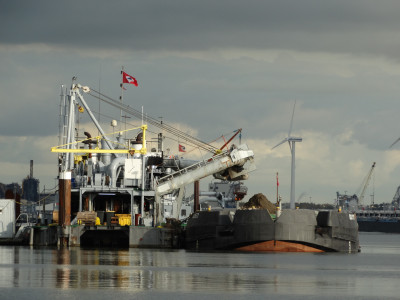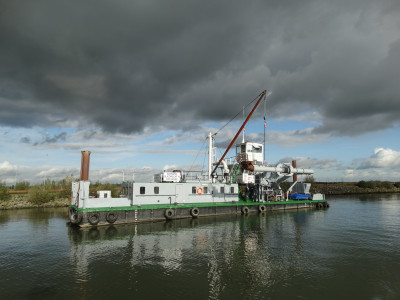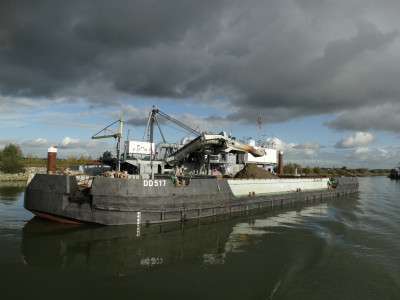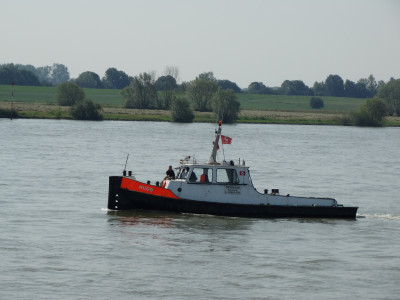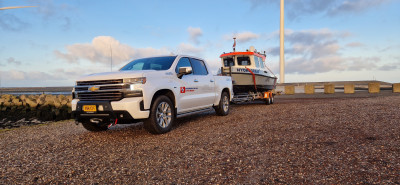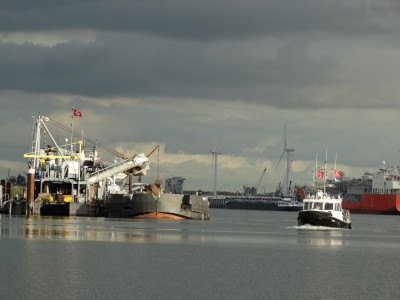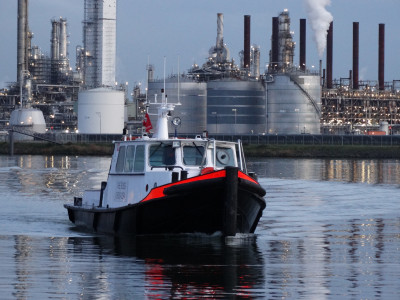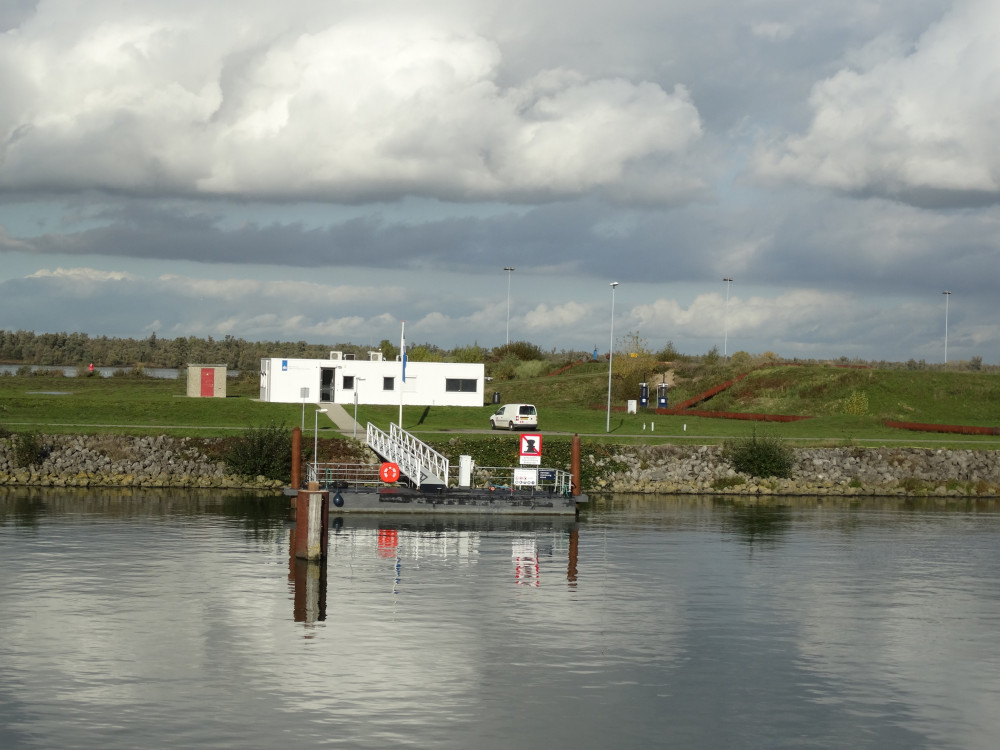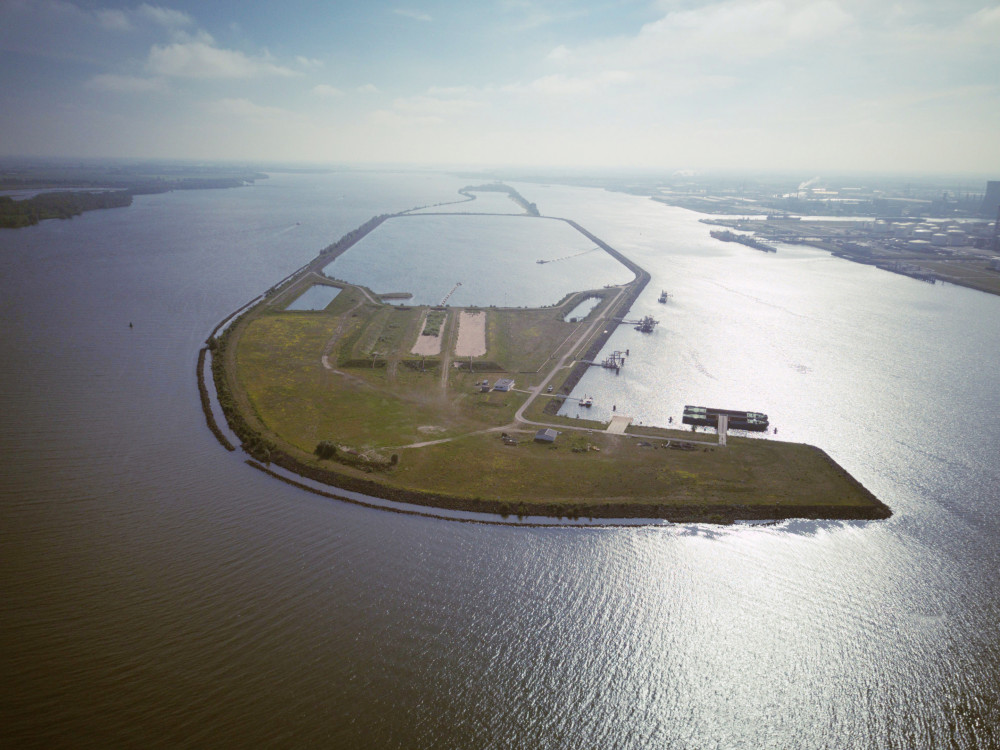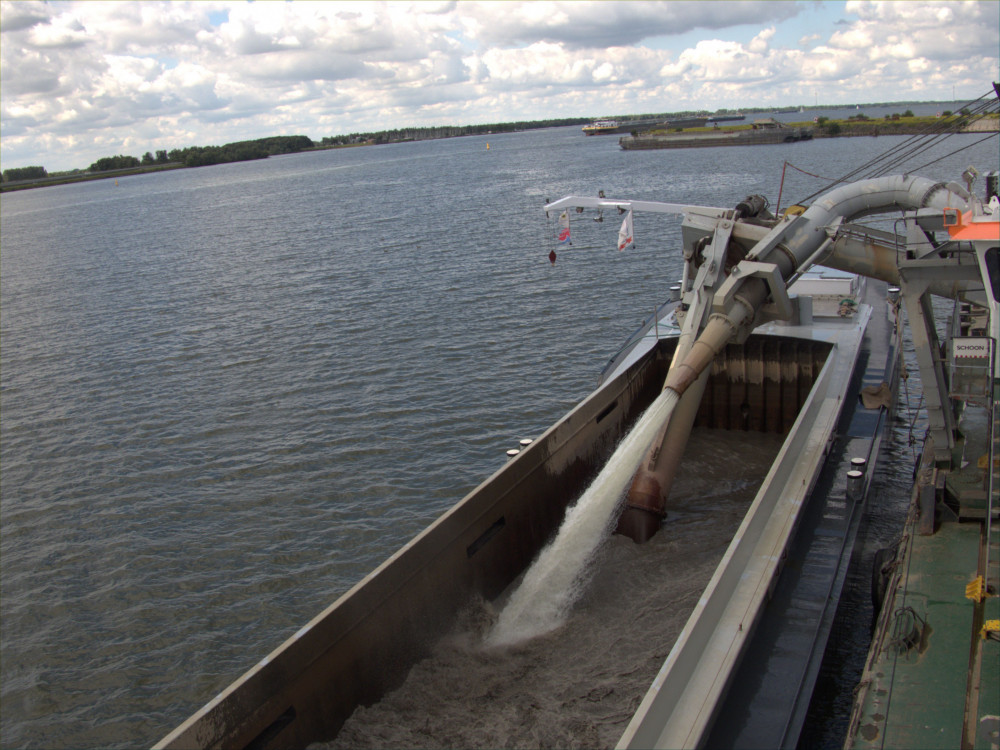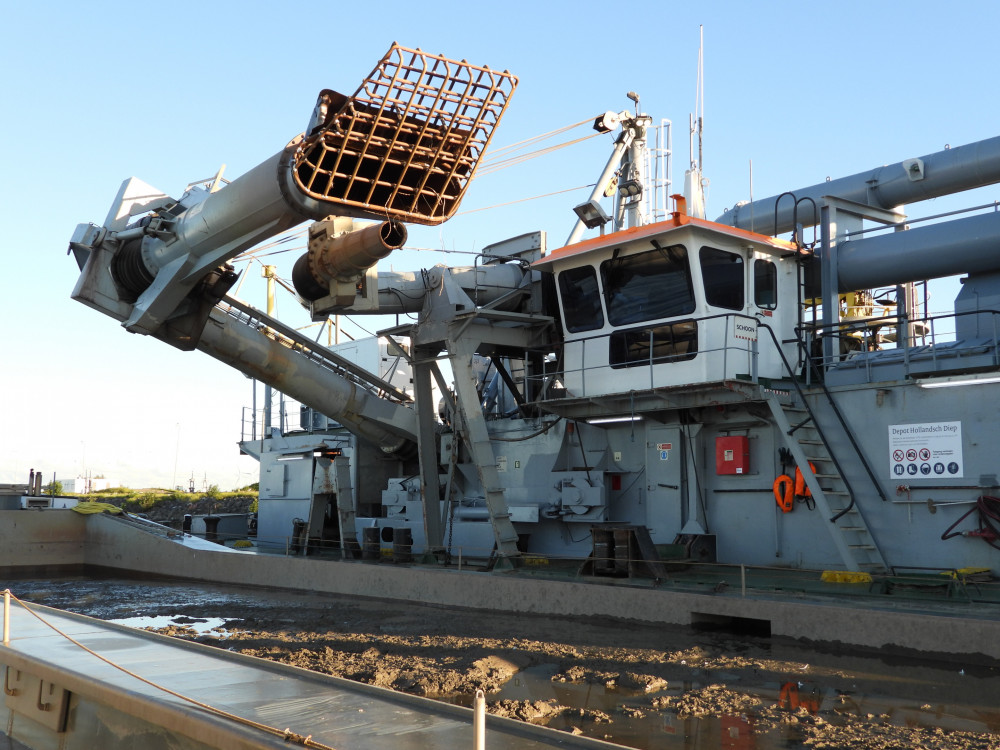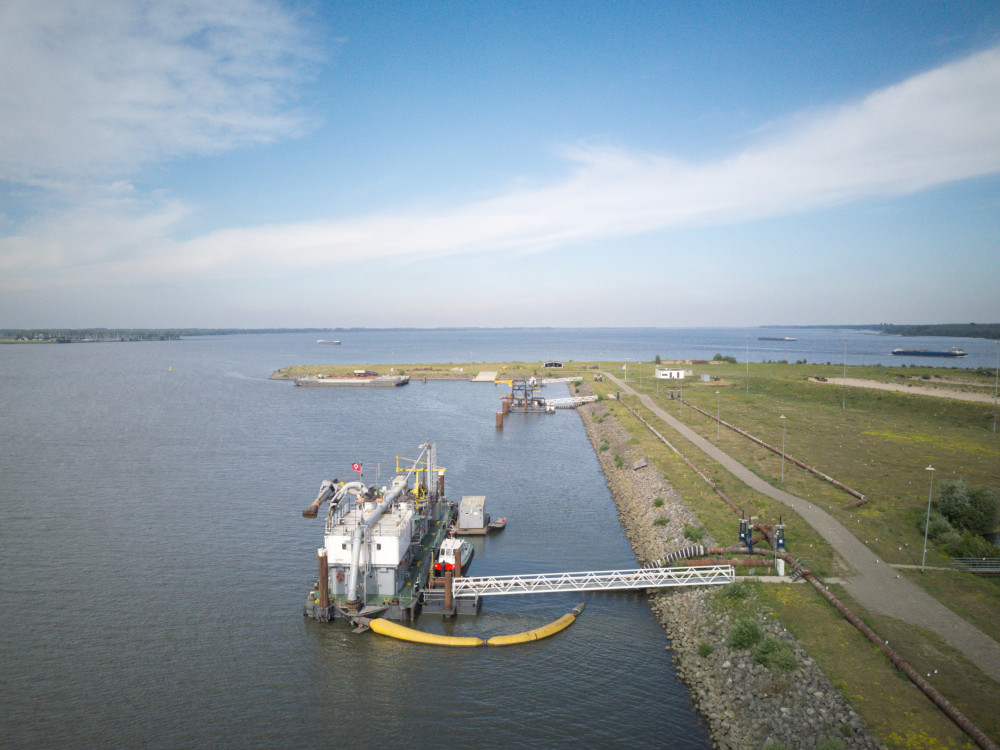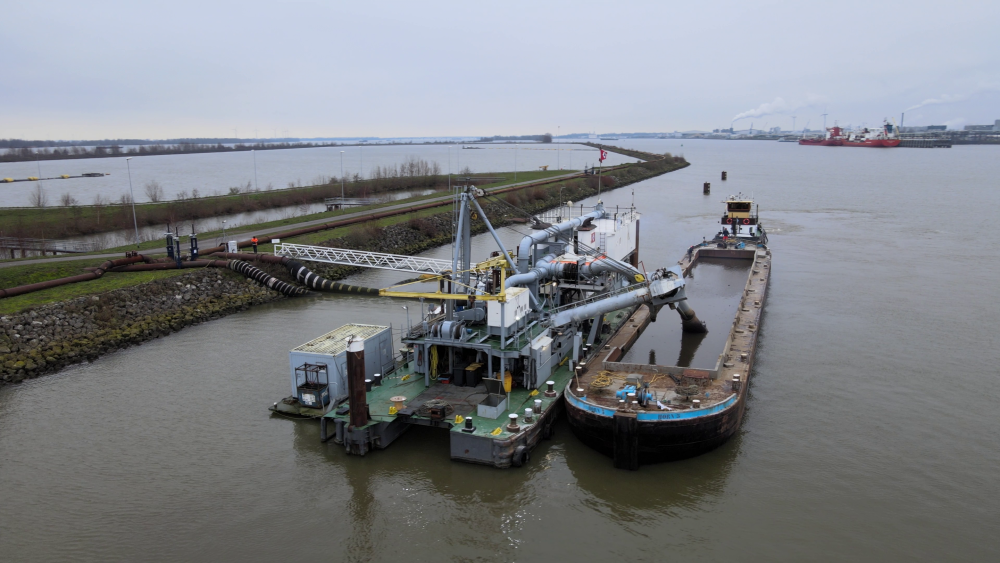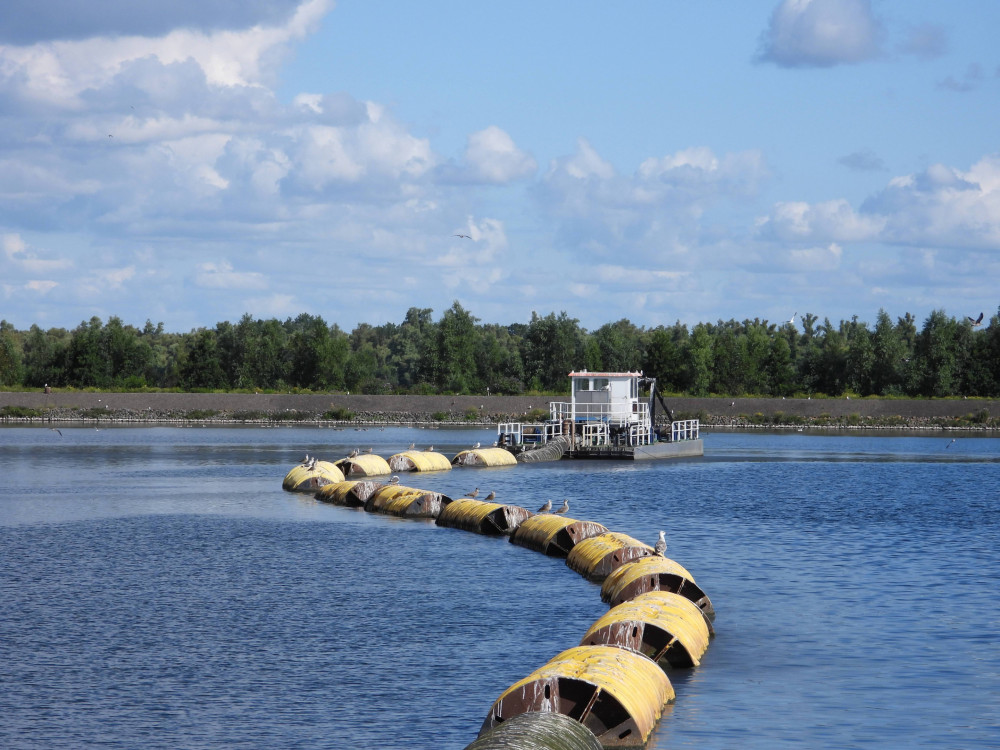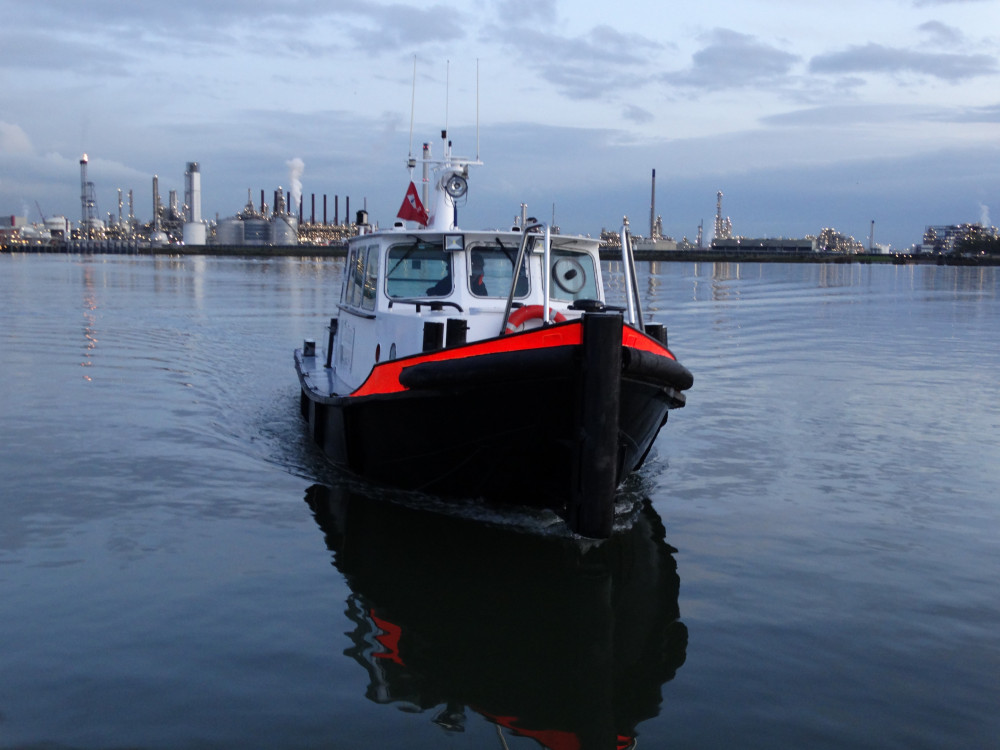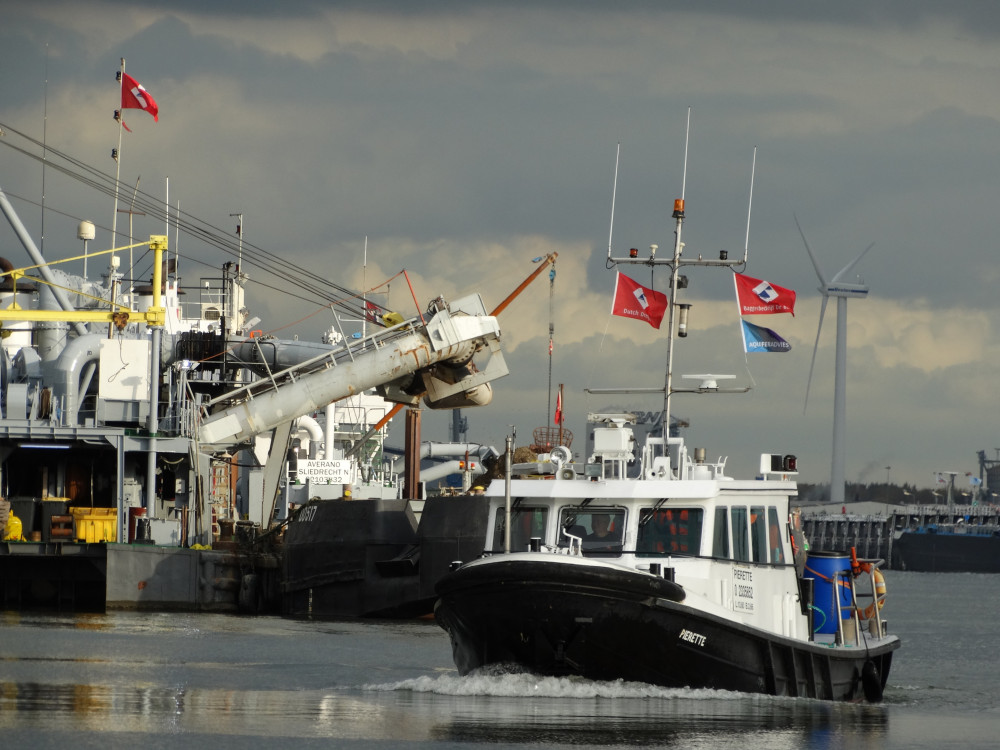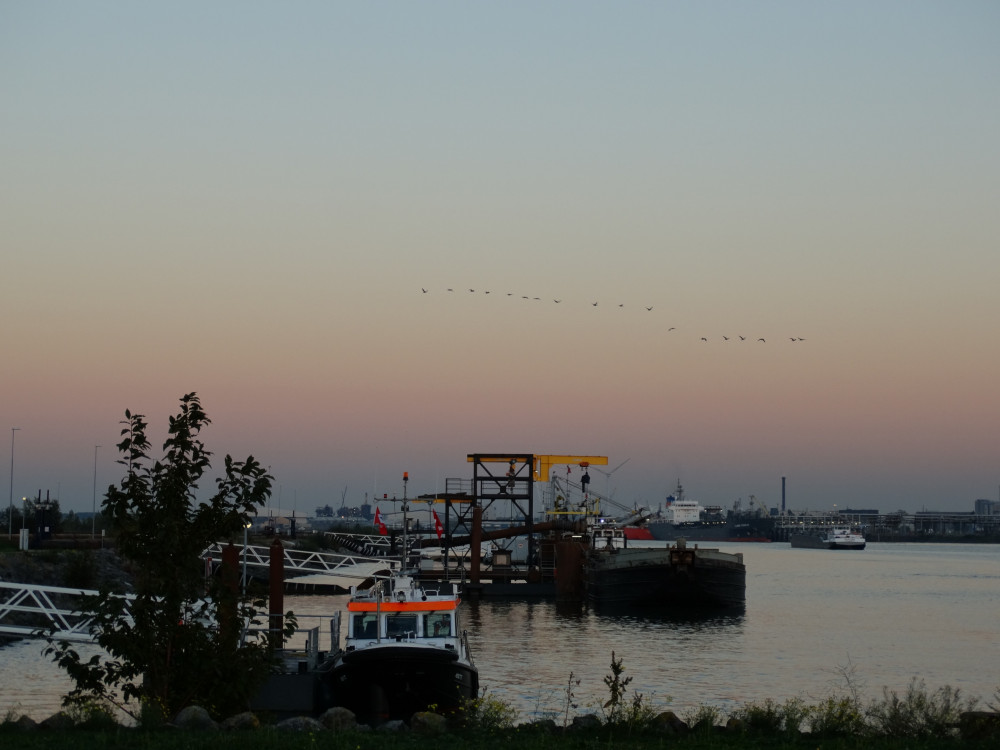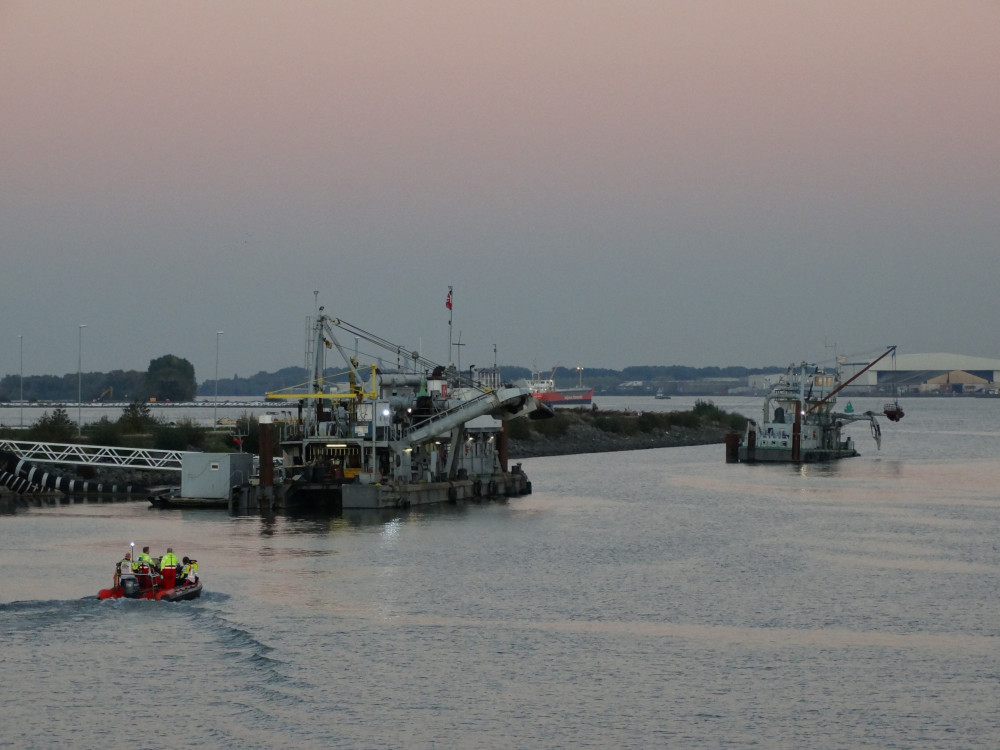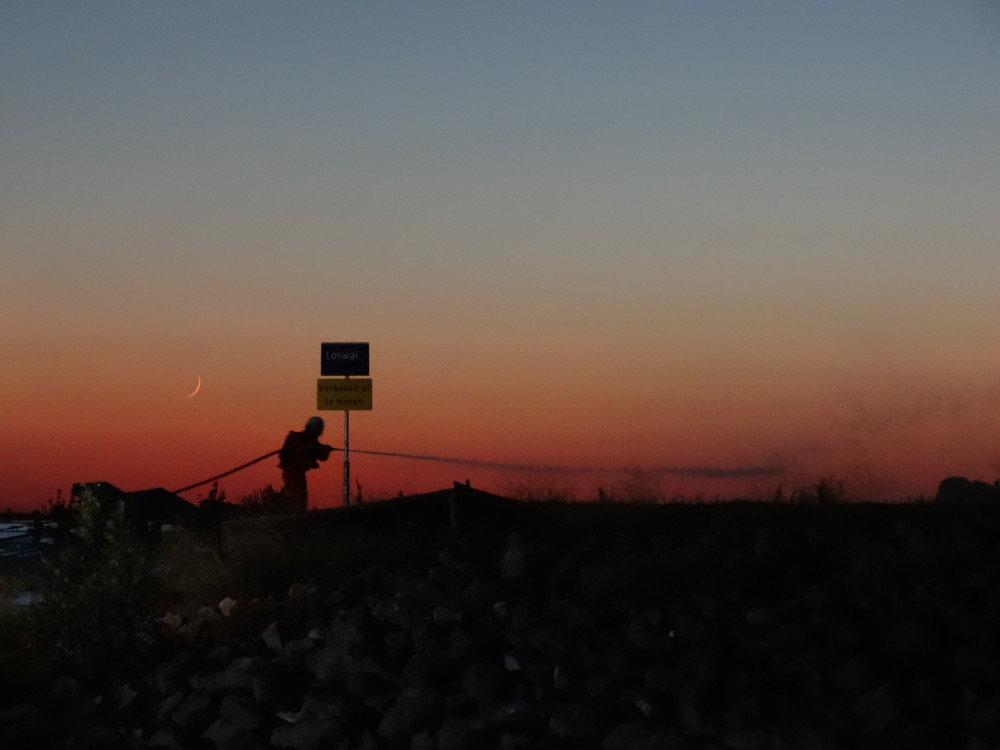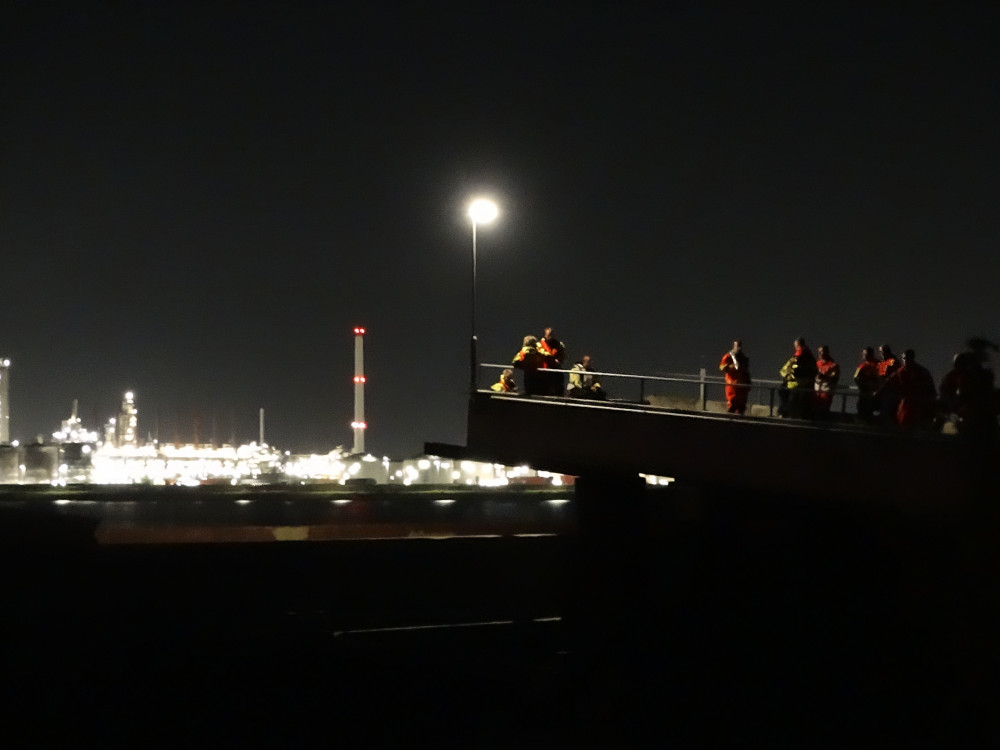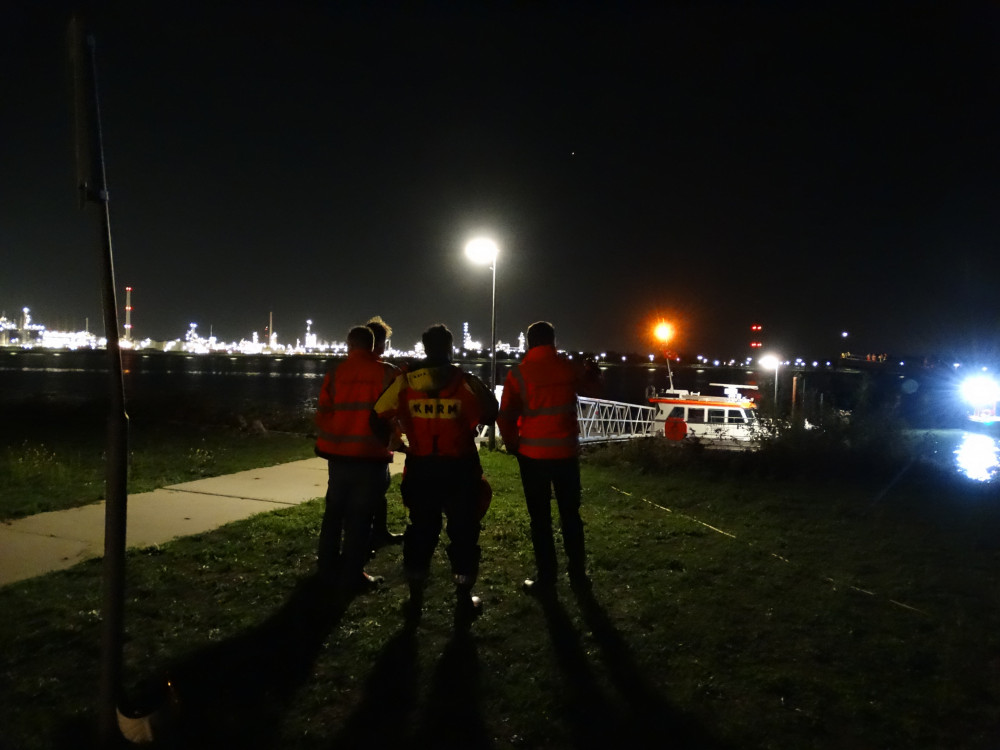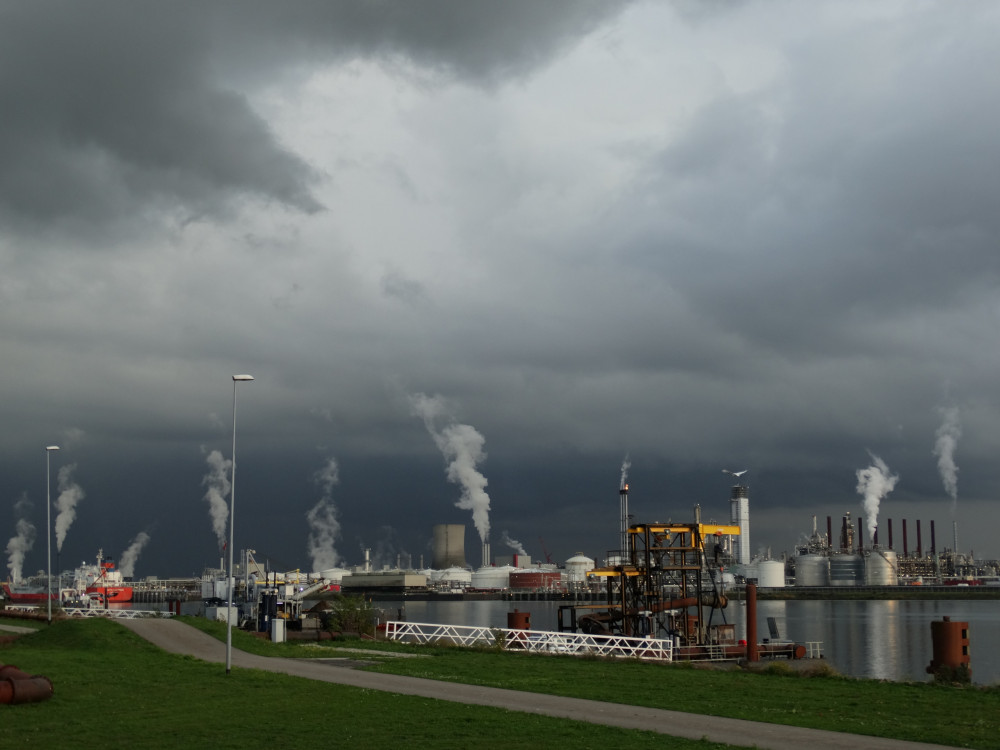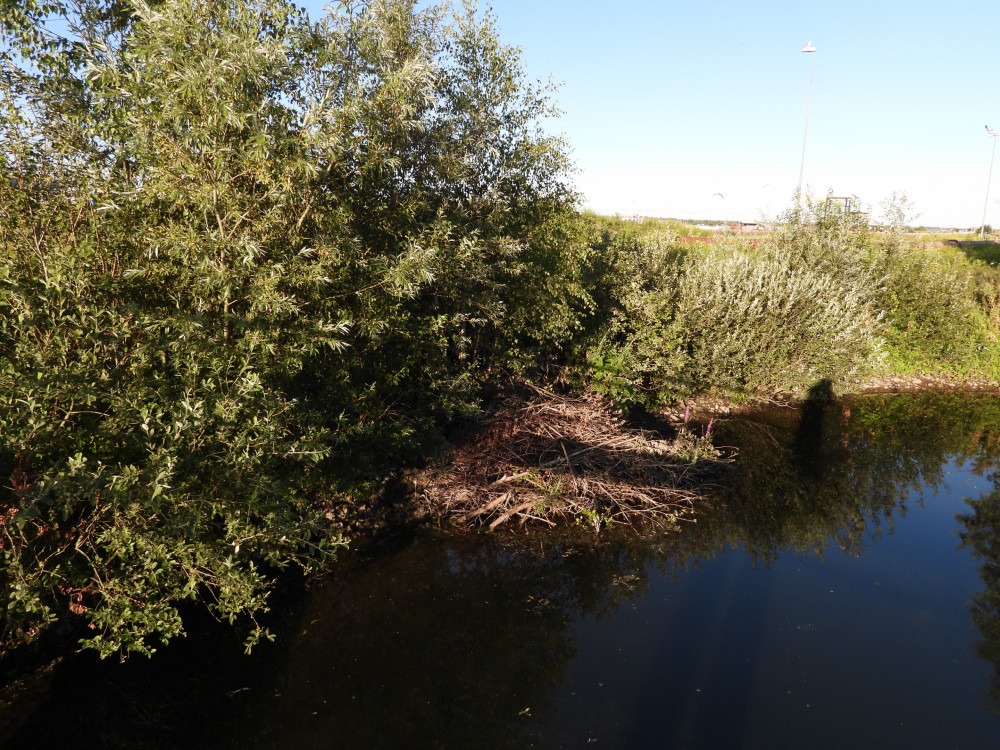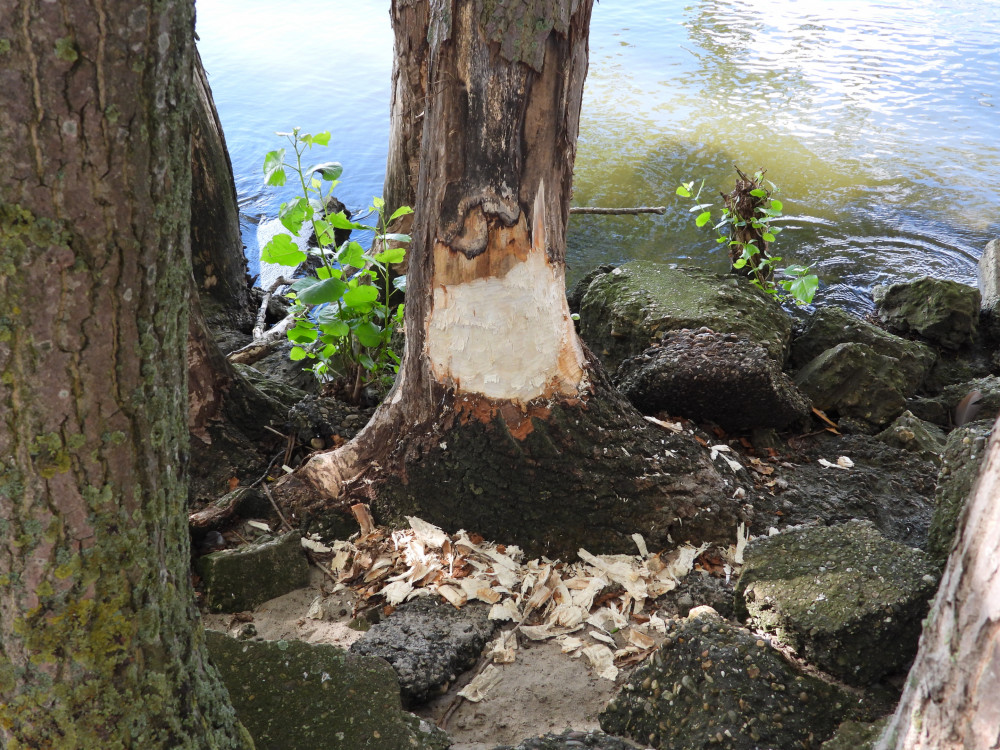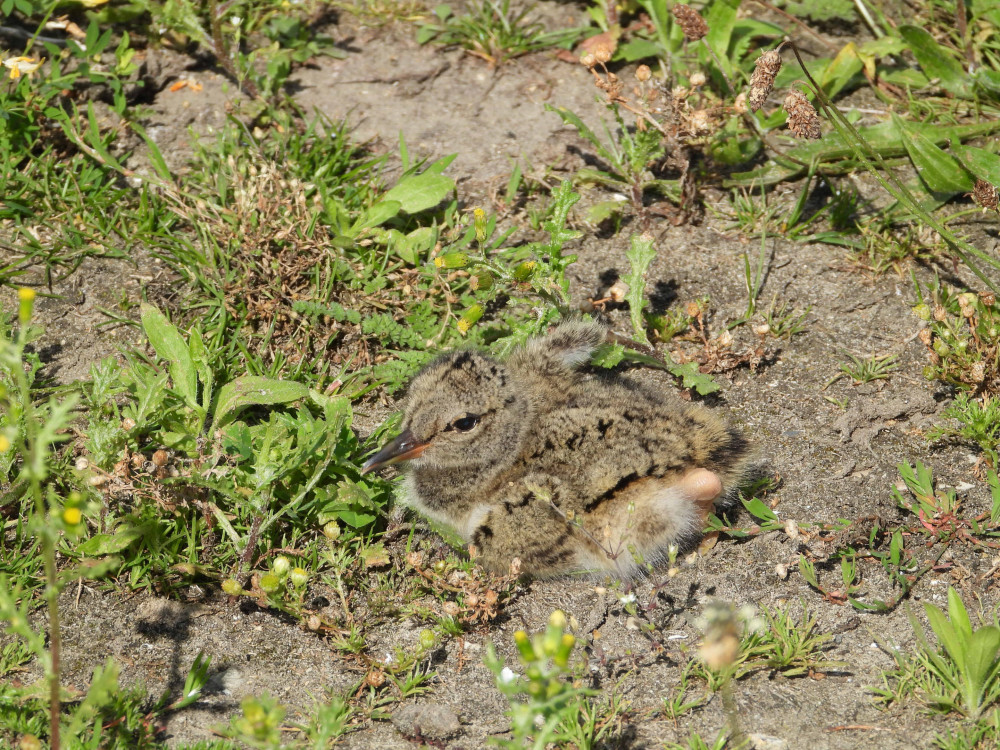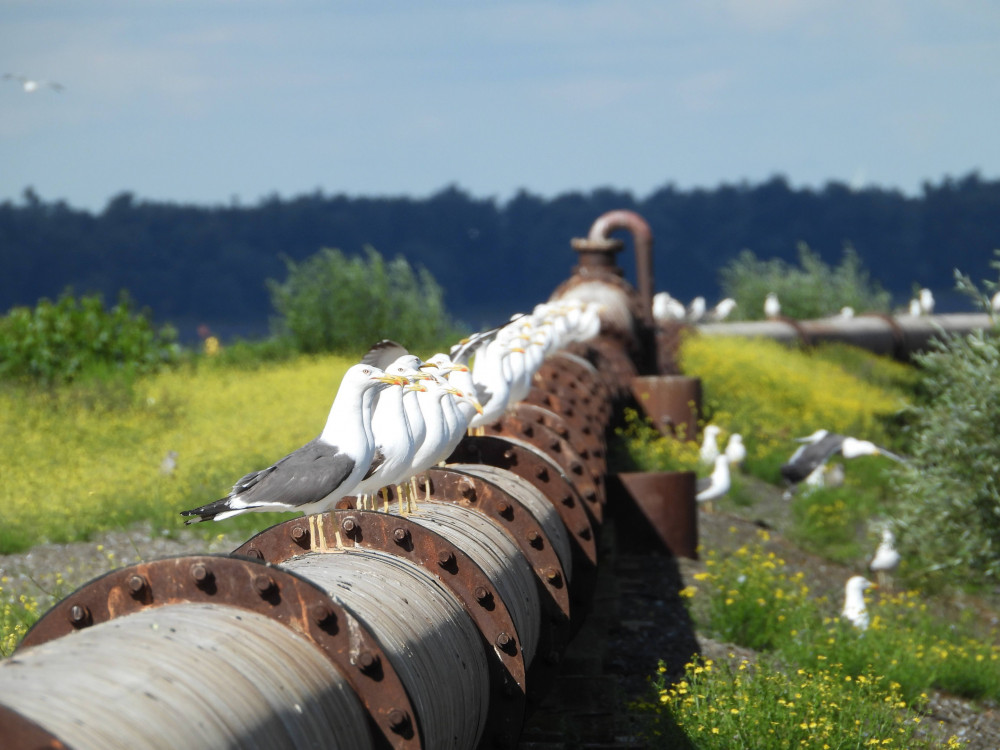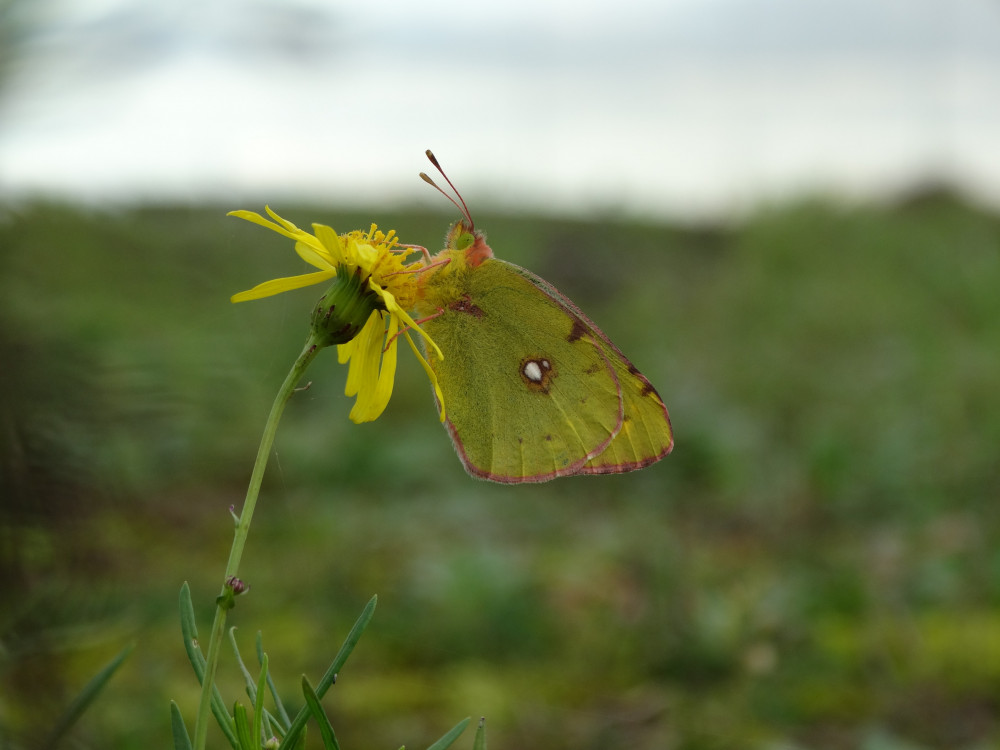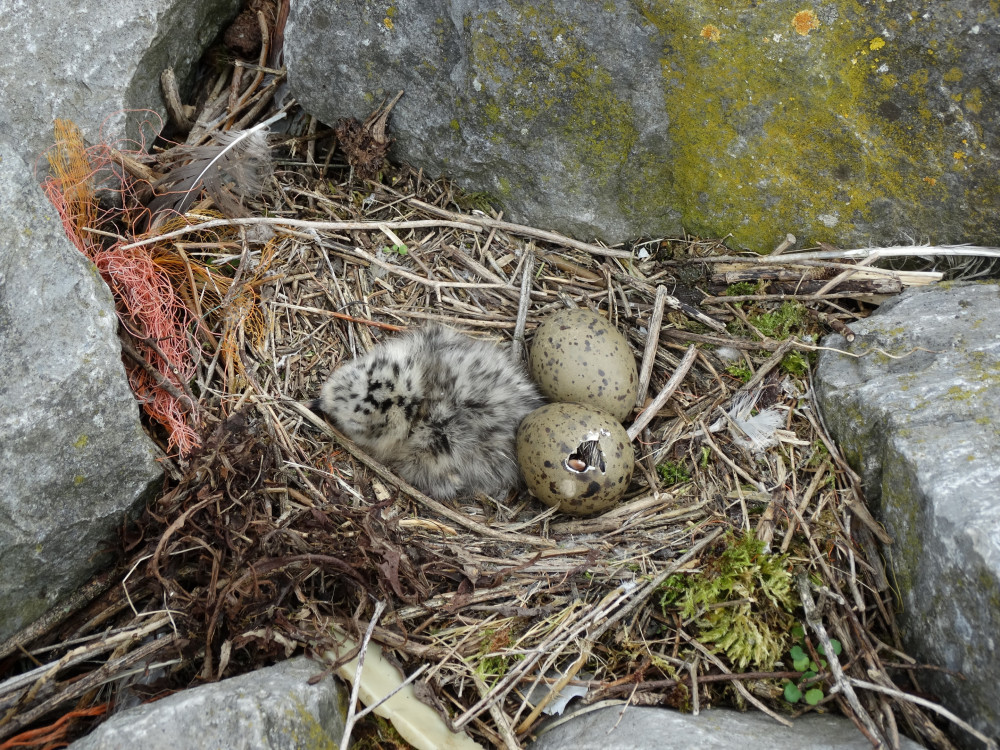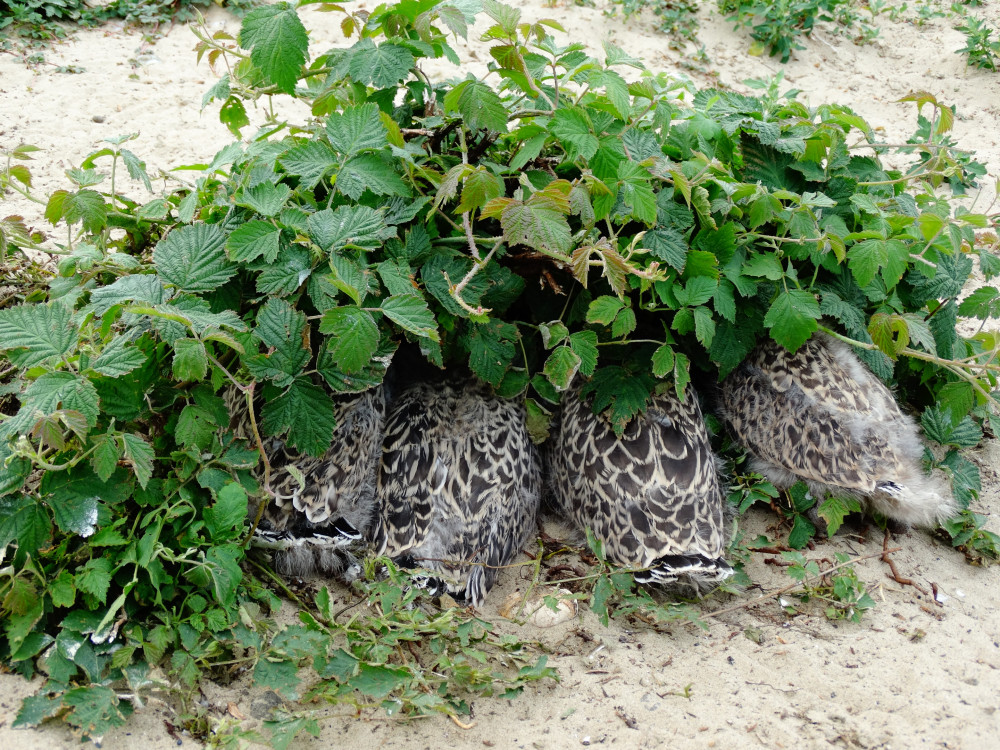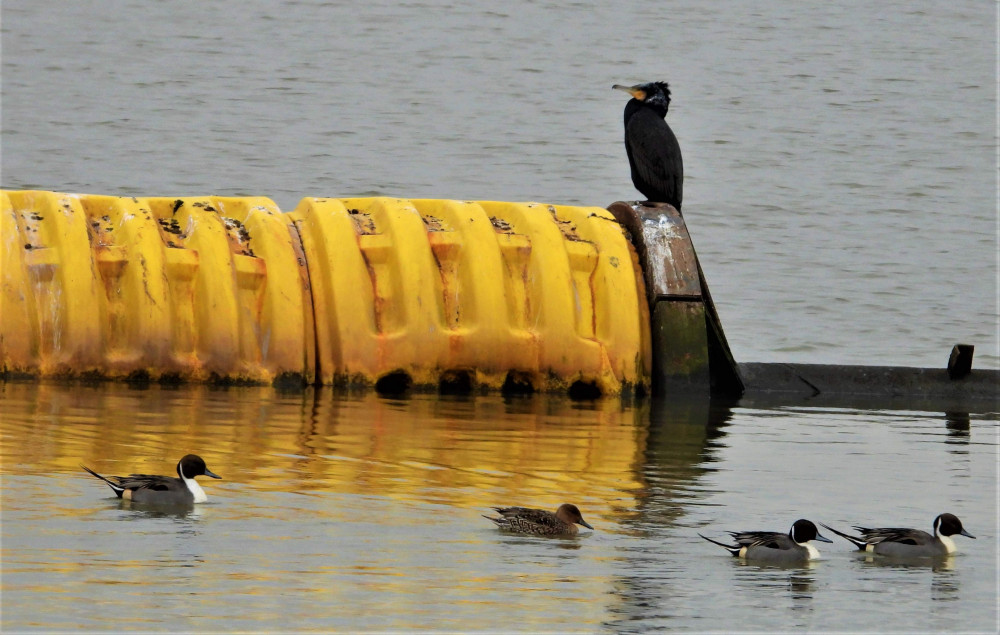Management of the Hollandsch Diep and Put Cromstrijen Dredging Depot
| Location | Moerdijk, the Neterlands |
|---|---|
| Client | Rijkswaterstaat |
| Period | Since 2014 |
| Equipment used |
Alouette
Averano DD512 and DD517 Hugo Hydrograaf Pierette The Boss |
| Dredging volume | The depot can accommodate 10 million m3 of dredged material |
About this project
Rijkswaterstaat has done a lot in recent years to improve the quality of the water in our rivers, canals and lakes. This was done, among other things, by dredging the water bottom.
In many cases, highly contaminated dredging sludge emerges during this dredging. This contaminated dredge cannot be dumped into the sea (for sand replenishment, for example) or spread over land.
Storage of dredged material
In the Netherlands, we have the option of safely storing this contaminated dredging sludge at a number of locations. A number of (temporary) dredging sludge depots have been built by the government for this. Rijkswaterstaat currently manages 5 depots: the Slufter on the Maasvlakte, IJsseloog in the Ketelmeer, the Averijhaven depot on the North Sea Canal, the dredging depot Hollandsch Diep and Put Cromstrijen. In a number of cases, the depot operator has outsourced the operation to a market party. This contractor ensures the correct receipt, input and storage of the contaminated dredging sludge in the depot.
Dredging depot Hollandsch Diep
Depot Hollandsch Diep is an artificial island in the Hollandsch Diep in the estuary of the Rhine and Maas. It has a storage capacity of 10 million m3 and has been in use since 2008. The surface of the depot is 63 ha.
Dredging depot Put Cromstrijen
Depot Put Cromstrijen is a former sand extraction pit and is located on the north bank of the Hollandsch Diep, south of Numansdorp. The depot is located below the water level and is used to deposit moderately polluted sludge with a low sand percentage. The depot has a surface area of 158 ha and it can accommodate 10 million m3 of dredged material.
(Source: Rijkswaterstaat)
The digital project office
Exploitation of the Hollandsch Diep dredging depot and optionally Put Cromstrijen. Both depots will be operated by the contractor: consortium Baggerbedrijf De Boer B.V. and Bagger- en Aannemingsmaatschappij Van der Kamp B.V.
-
Register
For access to the digital office (registration of dredged material and / or questions / comments) you must register here.
-
Login
Have you already registered? Then you can log in via this link. You will then enter the digital office. Forgotten your login details? Set a new password.
Depending on your rights, it is possible to read, change, download and also add (upload) information on this website. This digital office is primarily intended for the project team of the contractor consortium and the project team of Rijkswaterstaat, enforcers of the competent authorities of the Province of North Brabant, South Holland, the municipality of Moerdijk and the disposers of dredged material.
Disposers of dredged material can also make the pre-notification as well as the final notification of dredged material on this site. For this you must first register; after which you will be able to access the registration procedure (home page). You will then be informed by email of your pre-registration and / or acceptance or rejection.
-
Contact information
Contact details can be found on this website: https://baggerdepothollandschdiep.nl/contact (Dutch language)
In case of calamities, you can contact Baggerbedrijf De Boer (during office hours: +31 (0)184 41 19 99 or outside office hours+31 (0)184 700 274
Photos of the project
Film recordings Wild Port of Europe
Wild Port of Europe - De Nieuwe Wildernis 2.0 will be a dramatized documentary about the unexpected richness, resilience and dynamics of nature in the largest and busiest transport and industrial area in Europe: the ports and industry in Port of Rotterdam and Port of Moerdijk. On the intersection between apparent opposites - industry and nature - the classic circle of life evolves here into the "Re-cycle" of life. This development is portrayed from the perspective of the animals that live in this area. The film is a co-production of EMS FILMS and Veldkijker and will be in theaters in October 2022. Click on the link to go to the website: Wild Port of Europe (Dutch language)
In exceptional cases, with special permission from Rijkswaterstaat, cameraman Max van Gils was allowed to spend the night at the Hollands Diep dredging depot to make recordings for Wild Port of Europe. This resulted in unique nature images, with the port and industrial area of Moerdijk as a backdrop. Click to view the link to his recording: Film recordings at the Dredging depot (Dutch spoken)
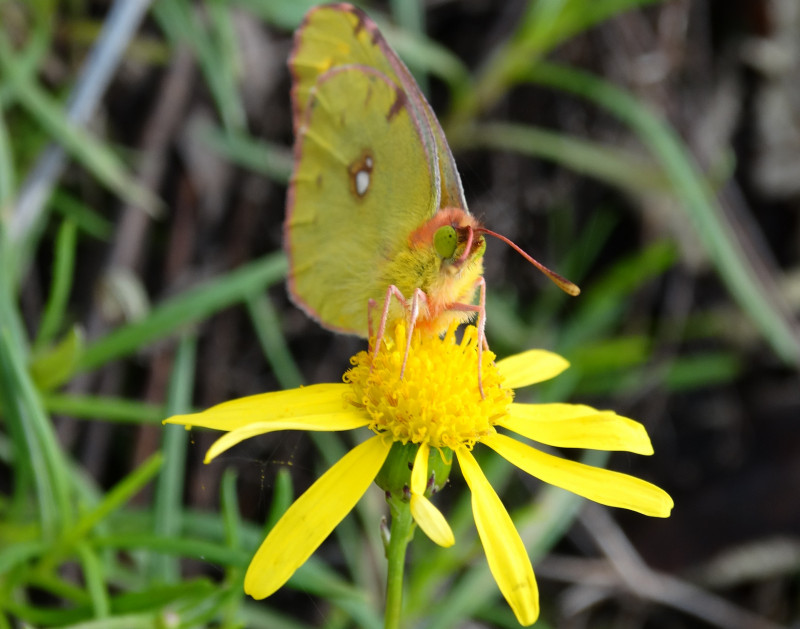
Nature reserve Sassenplaat
The Sassenplaat is a desert island and beautiful nature reserve in the Hollandsch Diep, opposite the port and industrial estate.
The Hollandsch Diep dredging depot has been constructed directly west of the existing Sassenplaat. The total length of the location is now approximately 1,900 meters and the width varies from approximately 390 to 520 meters. The total area of the area is approximately 95 hectares and can be divided into the supply area (17 hectares), the depot (63 hectares) and the nature reserve (15 hectares).
The dredging depot looks like a large oval well with a dike around it. The sludge is stored hidden under the water. After approximately eighteen years, the depot is expected to be full and the storage site can be covered with a layer of soil and nature will be given room to develop. In order to integrate the depot well into the environment, a nature-friendly bank was already built during construction. Due to its location near the Moerdijk industrial estate, there is hardly any additional disruption to nature and recreation.
There are many (breeding) birds on the island, such as spoonbills, black-backed gulls and herring gulls, oystercatchers, different species of geese and ducks, cormorants, (yellow) wagtails, sand martins and much more. In 2020, a beaver was also spotted, which is busy building a beaver lodge.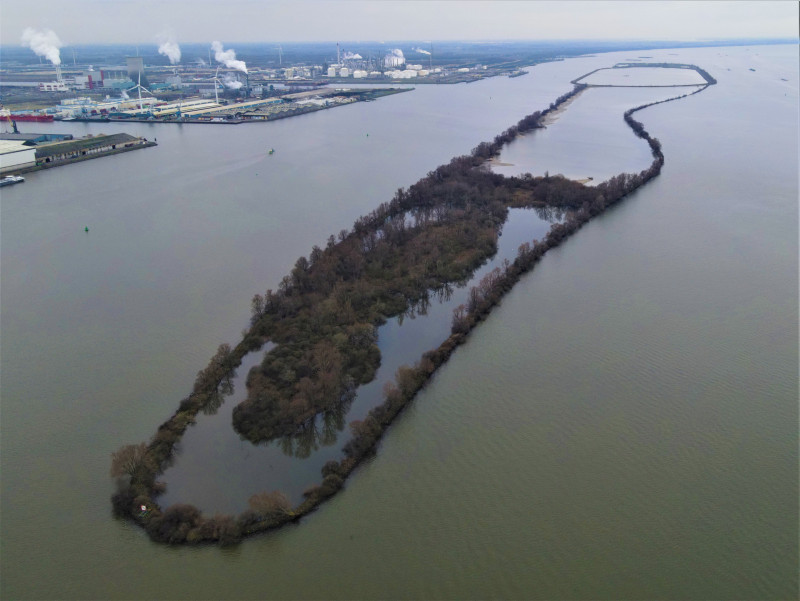 Nature reserve Sassenplaat
Nature reserve Sassenplaat
Photos on the Dredge depot and Nature reserve Sassenplaat
Read more about the used equipment
